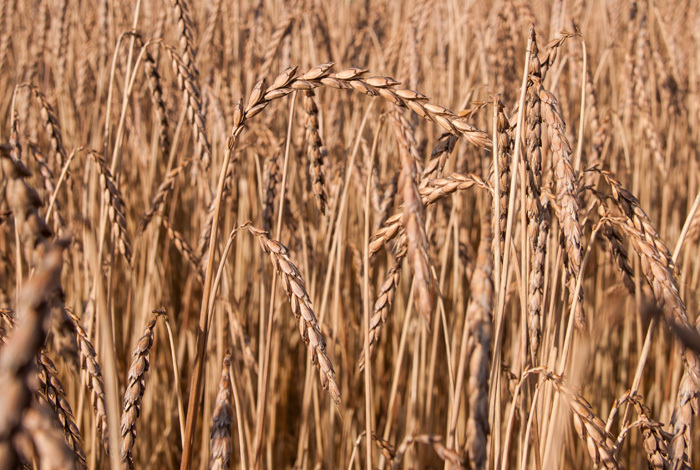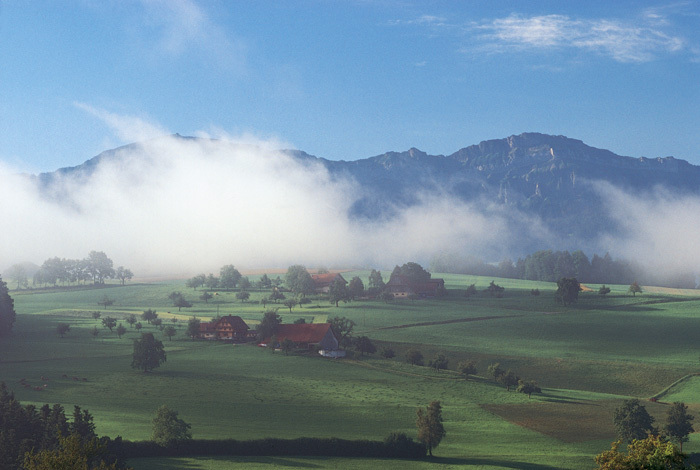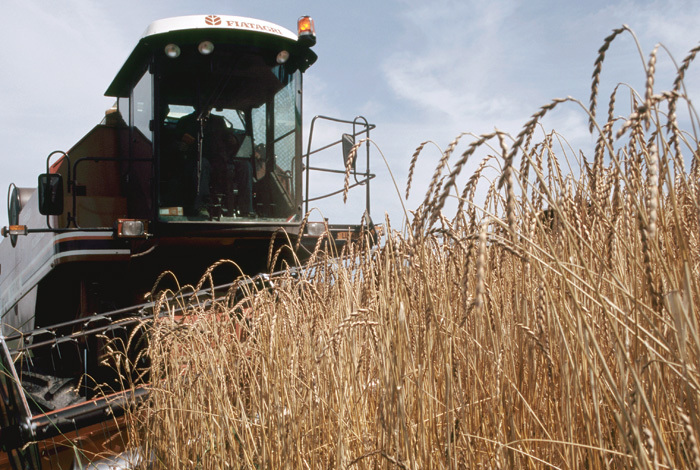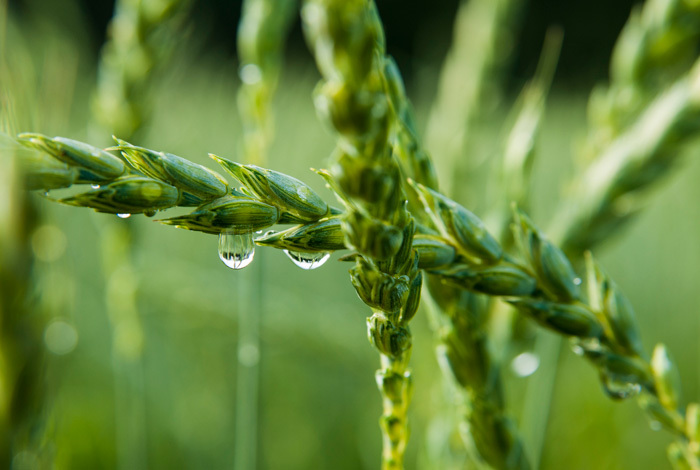Blossoming in the Middle Ages
In the Mosel valley, spelt was cultivated from 890 BC right through the whole of the Middle Ages. It was there that the Abbess Hildegard von Bingen became acquainted with and learned to appreciate spelt. She wrote "Spelt is the best grain, it is warm, nutritious and strong; and it is milder than the other grains. Those who eat it have healthy flesh and good blood; it makes people cheerful with a friendly disposition". Village names in the German speaking world such as Dinkelsbühl, Dinkelhausen and Dinkelacker, or family names such as Dinkelmann (Dinkel is German for spelt) reflect the widespread use of spelt. Yield lists indicate that Switzerland was an important growing area. Spelt was a coveted currency for collection of tithes and taxes by monastries/convents and Governors.




